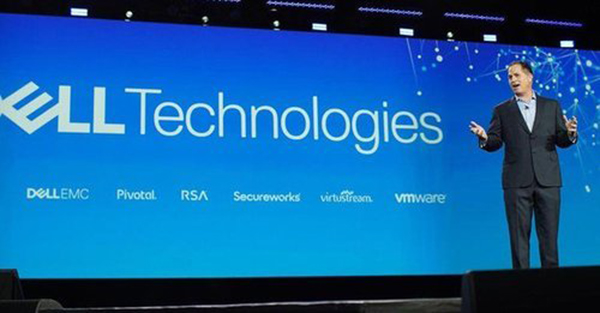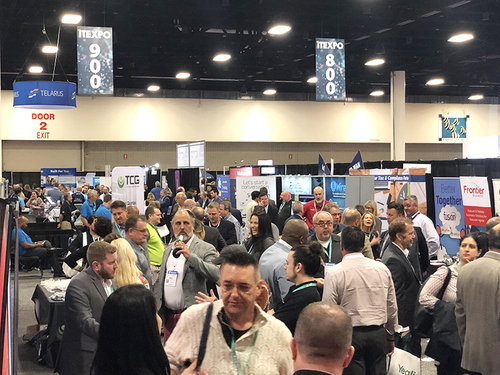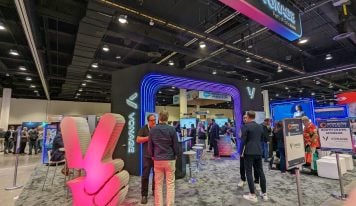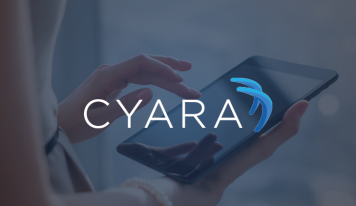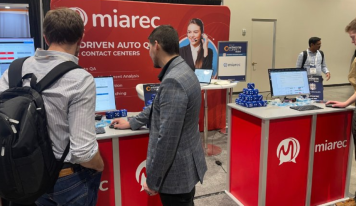Its been a big week for the Future of Work. Perhaps the biggest news came from Stripe – they decided their fifth engineering hub will be remote.
Stripe has engineering hubs in San Francisco, Seattle, Dublin, and Singapore. We are establishing a fifth hub that is less traditional but no less important: Remote. We are doing this to situate product development closer to our customers, improve our ability to tap the 99.74% of talented engineers living outside the metro areas of our first four hubs, and further our mission of increasing the GDP of the internet.
Stripe will hire over a hundred remote engineers this year. They will be deployed across every major engineering workstream at Stripe.
As we have grown as a company, we have learned some things.
One is that the technological substrate of collaboration has gotten shockingly good over the last decade. Most engineering work at Stripe happens in conversations between engineers, quiet thinking, and turning those thoughts into artifacts. Of these, thinking is the only one that doesn’t primarily happen online.
There was a time when writing on a whiteboard had substantially higher bandwidth than a Word doc over email. Thankfully Google Docs, Slack, git, Zoom, and the like deliver high-bandwidth synchronous collaboration on creative work. The experience of using them is so remarkably good that we only notice it when something is broken. Since you write code via pull requests and not whiteboards, your reviewer needs to have access to the same PR; having access to the same whiteboard is strictly optional.
Microsoft and Dell have been super active rolling out products to transform the way companies operate. Microsoft’s new drag-and-drop Azure machine learning tool allows you to simplify the process of machine learning. These range from a new interface for a tool that completely automates the process of creating models, to a new no-code visual interface for building, training and deploying models, all the way to hosted Jupyter-style notebooks for advanced users.
Getting started with machine learning is hard. Even to run the most basic of experiments takes a good amount of expertise. All of these new tools greatly simplify this process by hiding away the code or giving those who want to write their own code a pre-configured platform for doing so.
The new interface for Azure’s automated machine learning tool makes creating a model as easy as importing a data set and then telling the service which value to predict. Users don’t need to write a single line of code, while in the backend, this updated version now supports a number of new algorithms and optimizations that should result in more accurate models. While most of this is automated, Microsoft stresses that the service provides “complete transparency into algorithms, so developers and data scientists can manually override and control the process.”
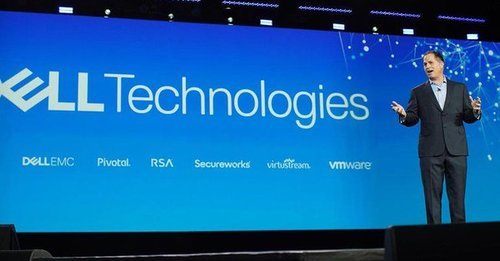
Dell is working with Microsoft to expand their partnership to allow customers to accelerate their digital transformation.
“At Microsoft, we’re focused on empowering customers in their digital transformation journey, through partnerships that enable them to take advantage of the Microsoft cloud, using the technologies they already have,” said Satya Nadella, CEO, Microsoft. “Together with Dell Technologies and VMware, we are providing our mutual customers with an integrated cloud experience and digital workplace solutions to open up new opportunities and meet their evolving needs.”
“With this announcement, Dell Technologies and Microsoft are working to simplify our customers’ entire technology environment,” says Michael Dell, chairman and CEO of Dell Technologies. “Our goal is to provide a single view from edge to core to cloud – an integrated platform for our customers’ digital future.”
The cloud has become fundamental to enabling organizations to move faster toward their business goals. With the cloud’s scalability, enhanced security, productivity, cost savings and more, companies are capitalizing on the many benefits. These benefits are enabling organizations to better tap into the potential of technologies like artificial intelligence and Internet of Things. Through this collaboration, the companies aim to accelerate customer transformations with even more open, flexible and scalable solutions.
In addition, the new Dell Unified Workspace is designed to revolutionize how we work:
- It simplifies the entire device lifecycle for IT while providing workers with the personalized, frictionless, ready-to-work experience they demand
- Unified Workspace integrates solutions across Dell devices and services, VMware and Secureworks to help businesses ease major end-user computing pain points and focus on transformative initiatives
- Dell Technologies delivers an intelligent, unified approach that provides IT leaders with improved visibility, insights and automation to streamline processes and deliver an exceptional end-user experience
“Imagine an intelligent solution that told you the specific devices and applications your workforce needs-based on their specific usage. Imagine one that then delivers those personalized devices directly to the end user, preconfigured and preloaded with all the apps and security features they need without IT having to touch the device. Now, imagine that same solution proactively helping the end user resolve day-to-day IT issues like password resets, access to applications and lost VPN connections,” explained Jeff Clarke, vice chairman of products and operations, Dell Technologies. “That’s Dell Technologies Unified Workspace, the industry’s most comprehensive solution to help IT deploy, secure, manage and support virtually all devices from the cloud.“
Walmart and Amazon are shaking up the Future of Work as well!
Vanessa Fuhrmans at the Wall Street Journal writes:
Walmart is testing a new store employee structure, using fewer midlevel, in-store managers to oversee workers while boosting pay and responsibilities for those roles. The key idea: Give people on the floor more decision-making power, so good managers can operate in more elevated roles.
Amazon, too, has raised wages–lifting its starting pay last fall to $15 an hour. That’s several dollars more than what the brick-and-mortar stores being displaced by Amazon pay. But as columnist Greg Ip writes, performance tracking is how Amazon ensures employees are productive enough to merit that salary.
Amazon’s efforts show companies are increasingly using software and algorithms to do such monitoring. Amazon’s “Associate Development and Performance Tracker” doesn’t just warn employees when they are falling short. It also signals to managers whether they should be fired.
We also had a great call with Mattew Podboy the Future of Work evangelist at Blue Jeans today and he tells great things are happening as companies adopt their collaboration and video tools like never before.
The bottom line here is work is changing in all areas of the corporation. Cloud and collaboration are helping white-collar workers become more productive and efficient. AI is moving downmarket so even non-programmers can leverage it. Blue-collar workers are being asked to do more but are also getting better wages – they are also dealing with new levels of accountability.
Every organization will be dealing with these changes as they need to compete for customers and talent in this brave new world.
Where do organizations go to learn more? Future of Work Expo (collocated with ITEXPO) of course. Feb 12-14, 2020 in Fort Lauderdale, Florida.

